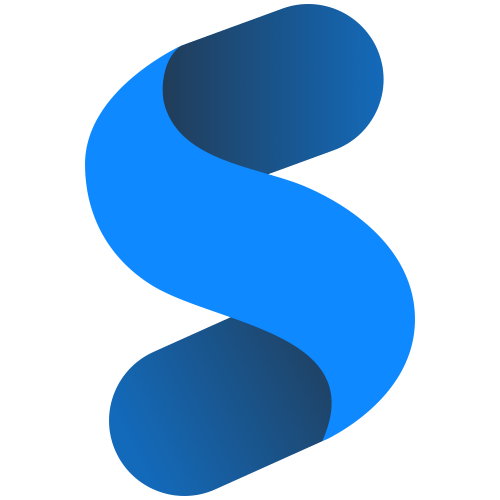In today’s world, new technologies are released every now and then, the majority of which are based on Android and IOS. Android developers often face questions like “When is this app coming to the IOS platform?”. The same goes for IOS developers.
Now, here comes the problem – developers need to learn two technologies simultaneously to make the app that is supported on both Android and IOS platforms. That’s not it, they may need to learn new programming languages as well. Moreover, whenever there’s an update or a bug fix, they need to do it on both technologies, which is a lot of unnecessary work!
To solve this big issue, Flutter was created by Google. Flutter was introduced by Google back in 2015, but it remained in the beta stage until it’s an official release in December 2018. So, how does it solve the issue? Well, using flutter developers can create both Android and IOS apps using a single codebase. This means that developers need to just build the application using a single programming language and then later decide whether to want to export it as an android or as an IOS application!
Flutter is an open-source mobile SDK which any developer can use to build native-looking Android and IOS applications from the same code base! There are thousands of apps developed using flutter on the Play Store and the App Store.
The most advantageous feature of Flutter is its a programming language – DART. Now, DART is a language which uses AOT(Ahead Of Time) compilation – converts the application to either Android-based or IOS based while exporting. Unlike JAVA or Kotlin, DART gives the developer the advantage of writing the code without fretting about the platform!
Another important feature of Flutter is its in-built features. The developer need not build everything from scratch to make the application look native. Flutter comes with preset widgets and functions which makes application development really easy! The developer just needs to code the widget keyword using DART and the widget will appear on the screen, with the features that the user specifies!
Some of the important handy categories of widgets which have their own builder functions are as follows :
- Accessibility
- Assets, images and icons
- Animation and motion
- Async
- Input
- Basics
- Cupertino(IOS-style widgets)
- Interaction models
- Material components
- Layout
- Painting and effects
- Scrolling
- Styling
- Text
Therefore, if you are a developer and need the widgets which lie in the above categories, you shall definitely consider flutter.
Flutter is basically a UI toolkit but can be used to build applications with other features as well. Hence, we can say that Flutter is a full application development toolkit, no less than Android Studio or other native application development software!
